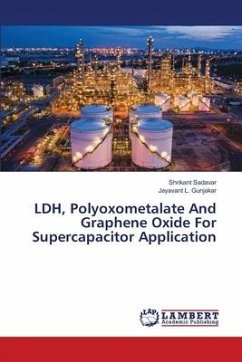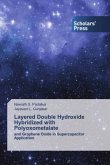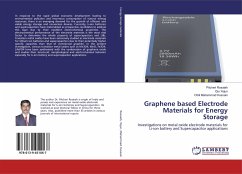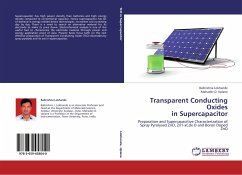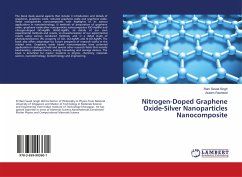At present worldwide conditions of energy crises, efficient energy conversion and storage systems are most needed. Accordingly, HSC cells are proposed that comprise one EDLC-type and other battery-type electrodes. Thus, HSC can deliver a high power, short charging-discharging periods, ED comparable to the batteries, and long cycle life. In this regard, present work is focused on improving electrode performance of Co-Cr-LDH by hybridizing it with various nanostructures to enable high surface area, accessible gallery space, and improved conductivity. The Co-Cr-LDH-based nanohybrids were prepared by self-assembly between the positively charged Co-Cr-LDH Ns and POV, POW anions, and GO Ns. The Co-Cr-LDH Ns nanohybrids with POV anions, POW anions, and GO Ns were denoted as CCV, CCW, and CCG, respectively. The hydrothermally prepared rGO was used as an EDLC-type negative electrode in HSCs. Consequently, the three types of HSCs are fabricated with cell configuration CCV-2 rGO, CCW-2//rGOand CCG-2//rGO. The observed electrochemical performances concluded that GO NSs are the best choice for hybridization with Co-Cr-LDH to enhance electrode performance.
Bitte wählen Sie Ihr Anliegen aus.
Rechnungen
Retourenschein anfordern
Bestellstatus
Storno

